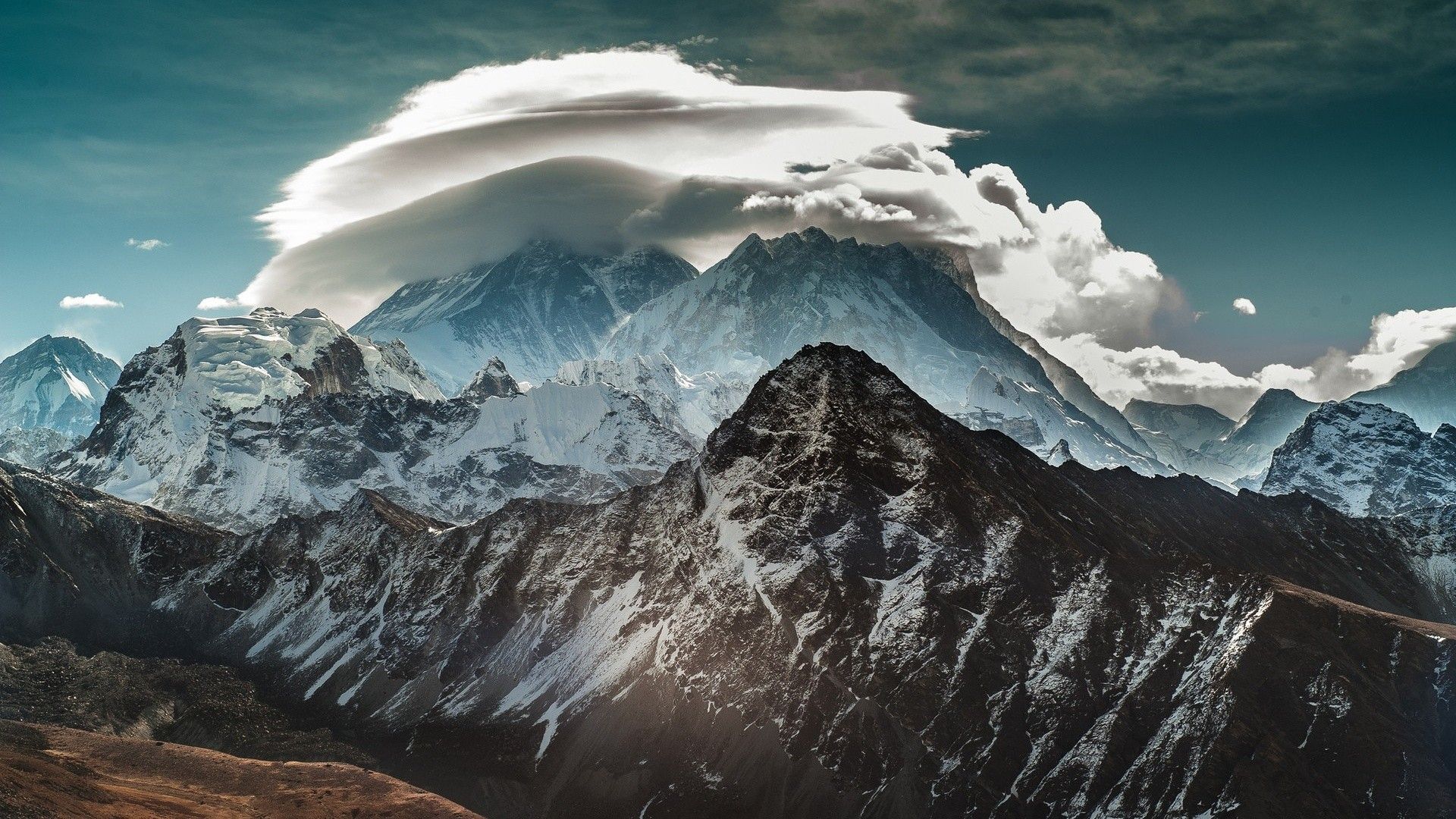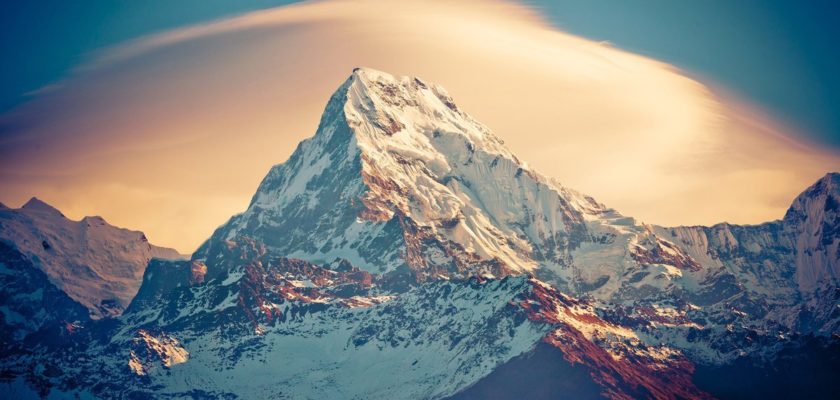This is without a doubt one of the most amazing mountain ranges on the planet. In this post, you’ll discover the ultimate list of interesting facts about the Himalayas, the roof of the world!
The range features some breathtaking lakes
The mountain range is full of small and relatively large lakes. Hundreds of lakes are located in some of the most astounding surroundings in the vicinity of majestic mountains. One fascinating lake named Lake Manasarovar is considered to be sacred in 4 different religions: Bön, Buddhism, Hinduism, and Jainism. It is fed by the glaciers of a mountain which is also considered to be sacred in these religions, Mount Kailash. This lake has a surface area of 420 square kilometers (160 square miles), a maximum depth of 90 meters (300 feet), and is located at an altitude of 4,590 meters (15,060 feet).
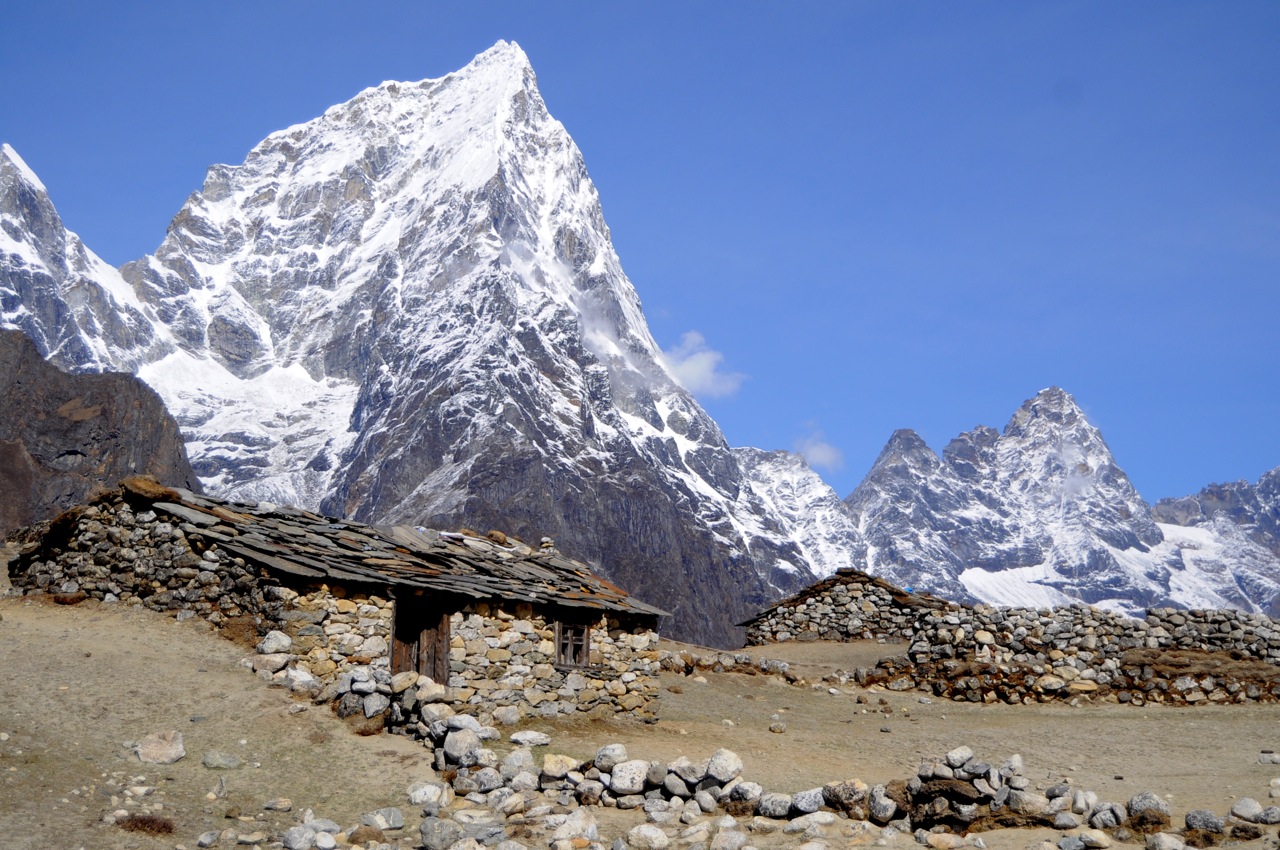
This young range was formed when India crashed into Asia’s mainland
One of the most stunning facts about the Himalayas is that the highest mountain range is also one of the youngest mountain ranges on the planet. During the Upper Cretaceous, around 70 million years ago, the Indian subcontinent was moving north at a pace of about 15 centimeters (5.9 inches) a year. 50 million years later, it started colliding with the Asian mainland.
This event literally pushed the sedimentary rocks settled on the ocean floor upwards to create the Himalayas. This also means that the peaks of the highest mountains consist of marine limestone which was once located at the bottom of this ancient ocean!
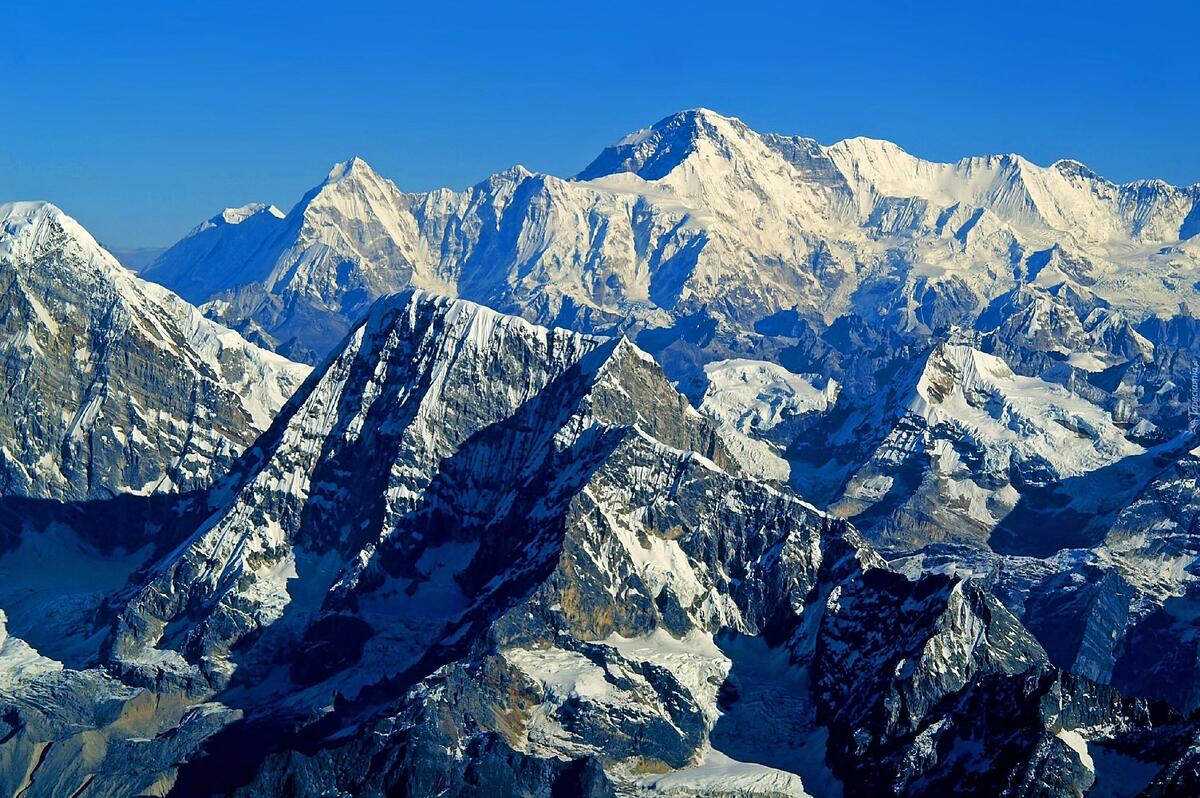
A fearsome but endangered predator lives here at high altitudes
With different climates in various locations, different flora and fauna can be witnessed in the mountain range. Some of the most fascinating animals that live here are Himalayan brown bears and the Asian Black bear. A large ungulate named the Himalayan tahr is an endemic animal. One of the most fascinating creatures roaming around at high altitudes in this range is the snow leopard, a very elusive animal that is considered to be endangered according to the IUCN Red List.
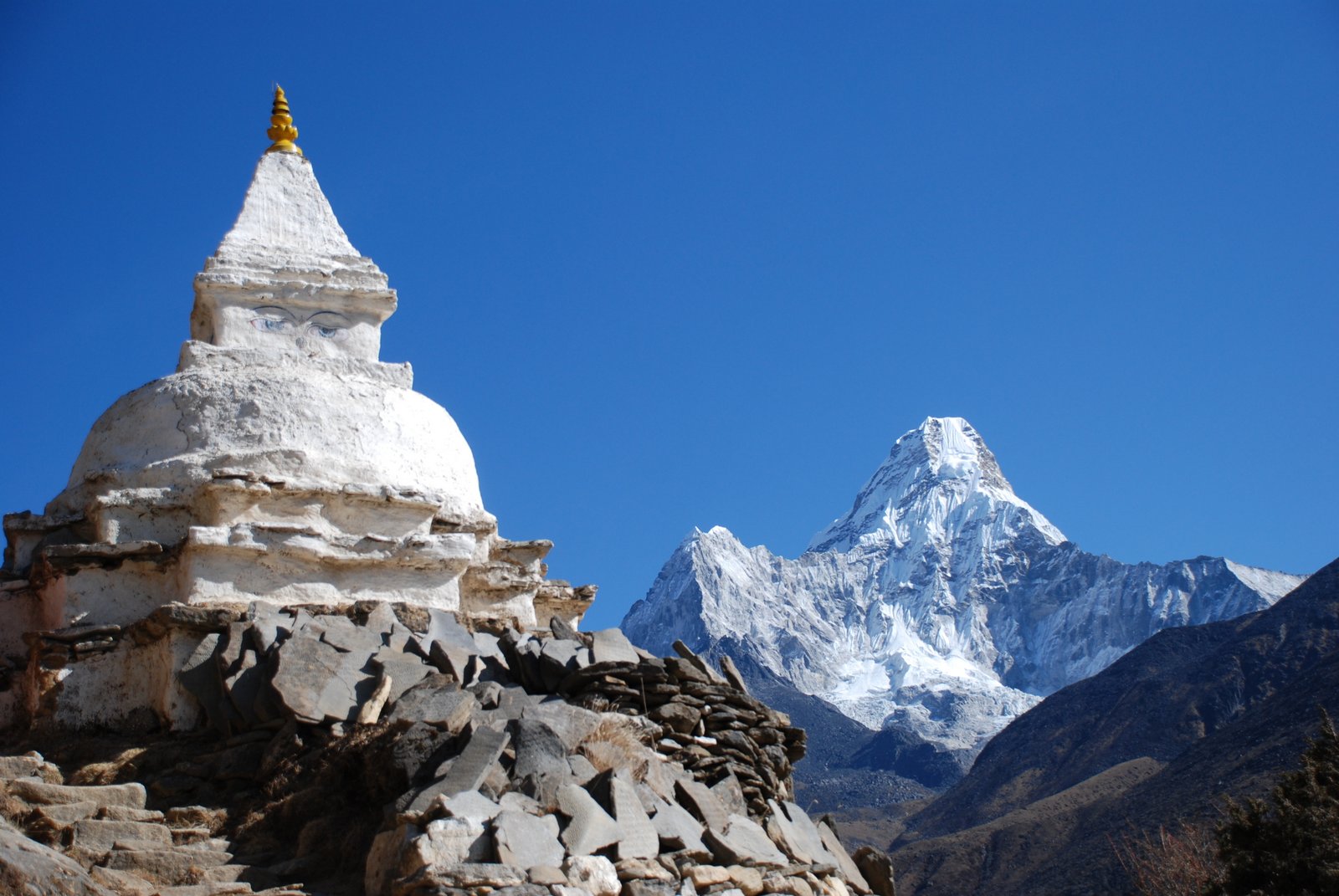
The range continues to rise every year due to geological activity
It still pushes the Tibetan Plateau upwards at a rate of 67 millimeters per year and will continue to do so for a period of at least 10 million years. By then, the Indian subcontinent will have moved a distance of 1,500 kilometers (930 miles) into Asia. Because of this, the Himalayas are increasing in height at a pace of about 5 millimeters per year. This might seem insignificant, but really isn’t considering a period of 10 million years lies ahead!
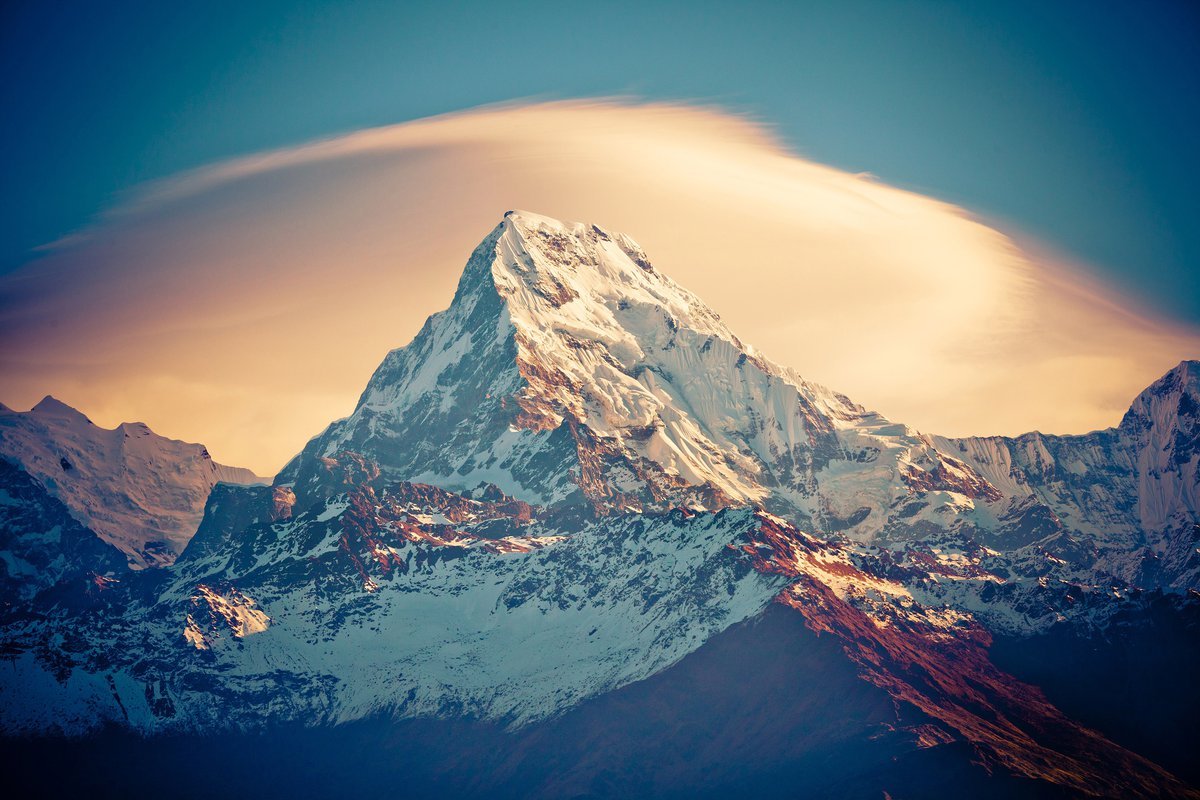
This religiously significant structure was built in a fascinating location
One of the most fascinating locations is a religious site called “Paro Taktsang,” a monastery located on a cliff in Bhutan. It’s believed that the Second Buddha named “Padmasambhava” founded Buddhism in Bhutan here. This monastery is also referred to as “Taktsang Palphug Monastery” and the “Tiger’s Nest” and was built around a cave on a cliff in the year 1692. It’s one of the most important cultural icons in Bhutan.

The range features one of the deepest canyons in the world
One of the most remarkable facts about the Himalayas is that the ranges in the north and south are separated by an incredible canyon known as the “Kali Gandaki Gorge.” This gorge is part of the enormous Yarlung Tsangpo Grand Canyon. It has a height of about 2,520 meters (8,270 feet) and is sometimes considered to be the deepest canyon in the world and has been an important trade route between India and Tibet for many centuries.
